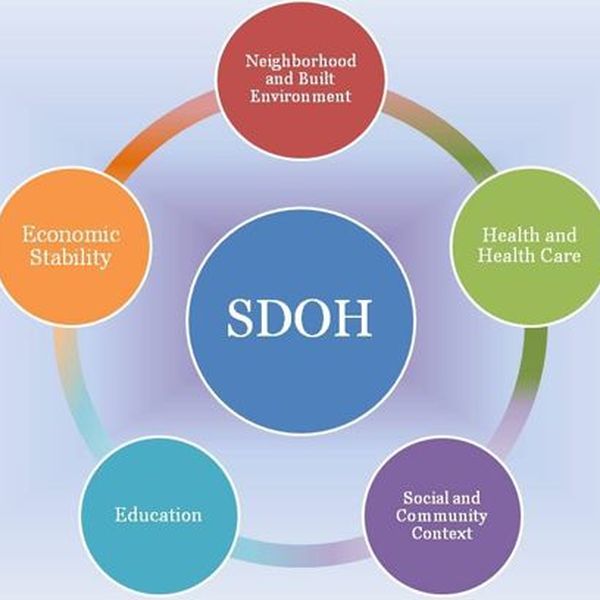
To install StudyMoose App tap and then “Add to Home Screen”

Social determinants of health are the factors that impact the health and well-being of individuals, families, and communities within a broader social and economic context. These include certain characteristics like social and economic status, education, employment, housing, access to healthcare, environmental factors, and social support networks. Social determinants play a crucial role in shaping the health status of individuals and populations, as well as disparities in health outcomes across different demographic groups. Addressing social determinants of health is essential for promoting equitable health outcomes and improving overall health and well-being for everyone.
Save to my list
Remove from my list
Save to my list
Remove from my list
Save to my list
Remove from my list
Save to my list
Remove from my list
Save to my list
Remove from my list
👋 Hi! I’m your smart assistant Amy!
Don’t know where to start? Type your requirements and I’ll connect you to an academic expert within 3 minutes.
get help with your assignment